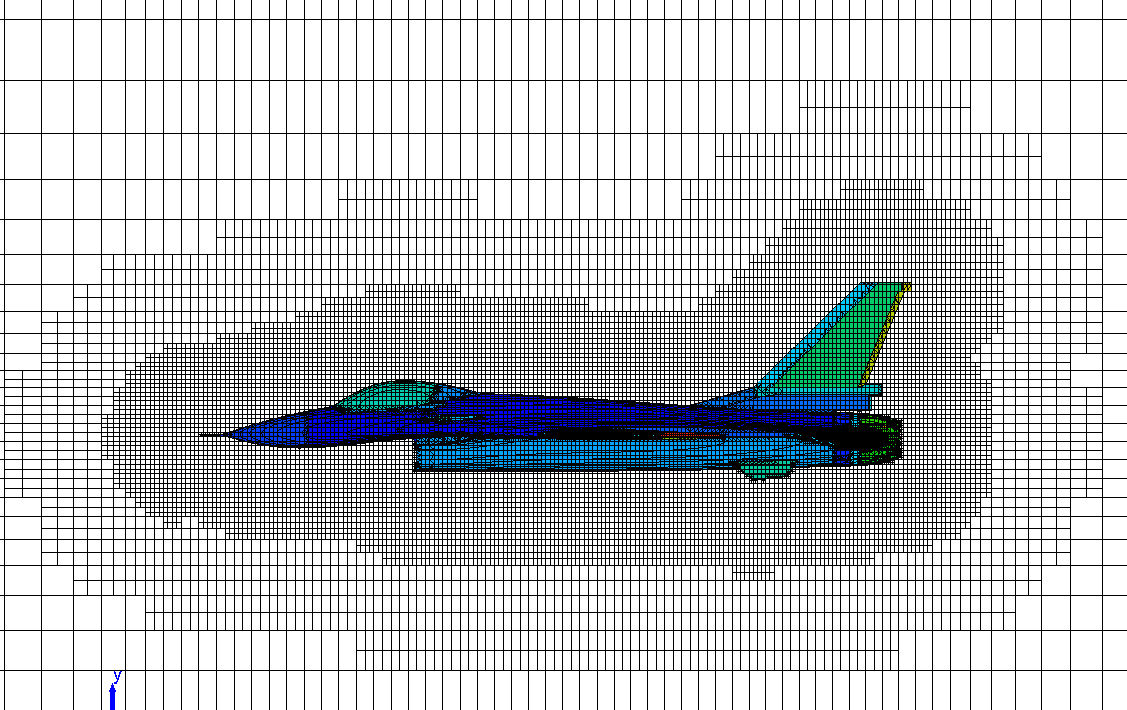

- SOLIDWORKS FLOW SIMULATION VS FLUENT ARCHIVE
- SOLIDWORKS FLOW SIMULATION VS FLUENT SOFTWARE
- SOLIDWORKS FLOW SIMULATION VS FLUENT PROFESSIONAL
- SOLIDWORKS FLOW SIMULATION VS FLUENT FREE
ANSYS Fluent and Star-CCM+ or specialized e.g. They are very powerful and can model different types of simple and complicated fluid/thermal assignments (either generalized e.g. Group 1 as one can see includes some famous CFD software.
SOLIDWORKS FLOW SIMULATION VS FLUENT SOFTWARE
SOLIDWORKS FLOW SIMULATION VS FLUENT PROFESSIONAL
Group 1: Commercial professional CFD packages (e.g.There are basically four main groups available when one wants to select a CFD package: I actually find it useful to summarize and share it here. (thrust, lift, drag, etc.) from the computed flowfield.Due to my theoretical and practical experience in Computational Fluid Dynamics (CFD) I was asked to investigate and select a proper CFD package for our R&D group. Post-Processing involves extracting the desired flow properties


Further the a grid file containing the grid and boundaryĬondition information is generally required. Listing the values of the input parameters consisted with the desired Of turbulence or chemistry model, and the choice of algorithms.Ī CFD codes generally requires that an input data file be created Such things as the use of space-marching or time-marching, the choice The strategy for performing the simulation involves determining Should exhibit a y+ value of less than 1.0. For turbulent flows, the first point off the wall Grid point off the wall to be well within the laminar sublayer of theīoundary layer. In the direction normal to the surface with the spacing of the first The resolution of boundary layers requires the grid to be clustered Should be consistent with the desired resolution of important features. Grid quality as defined by measures of orthogonality (especially at theīoundaries), relative grid spacing (15% to 20% stretching is consideredĪ maximum value), grid skewness, etc. Grids however, the grid blocks may be abbuting, contiguous, Currently all cases involve multi-block, structured Involves defining the structure and topology and then generating a grid The flow domain is discretized into a grid. The simulation generally starts fromĪn initial solution and uses an iterative method to reach a final flow field Since a finite flow domain is specified, physical conditions are required Structure and topology of the grid generation. Thus, the modeling often takes into account the The geometry andįlow domain are modeled in such a manner as to provide input for the
SOLIDWORKS FLOW SIMULATION VS FLUENT FREE
Other surfacesĪre free boundaries over which flow enters or leaves.

Portions of the boundary of the flowĭomain conicide with the surfaces of the body geometry. Concurrently,ĭecisions are made as to the extent of the finite flow domain in which Required to allow an analysis with reasonable effort. Approximations of the geometry and simplifications may be This generally involves modeling the geometry with a CAD software The body about which flow is to be analyzed requires modeling.
SOLIDWORKS FLOW SIMULATION VS FLUENT ARCHIVE
CFD Analysis Process V&V Home Archive Tutorial CFD Analysis Process


 0 kommentar(er)
0 kommentar(er)
